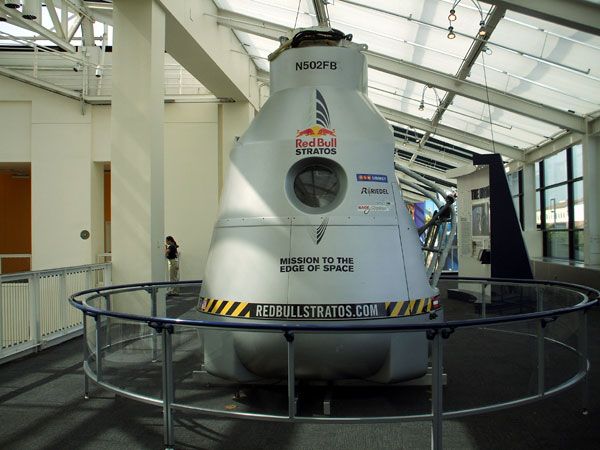
Photo by Ben Cooper of LaunchPhotography.com
For a little over a month now, a campaign has been underway to collect 10,000-plus signatures on a petition that called for NASA to approve a crowd-sourced message that would be transmitted to the Pluto-bound New Horizons spacecraft as early as 2016. In the wake of recent news heralding Voyager 1's arrival into interstellar space back in August of last year, bringing towards the stars a time capsule known as the Golden Record, the same architect behind the Golden Record is asking the public to support a similar effort to place sounds and images celebrating humanity aboard New Horizons—which will fly past Pluto and its (currently) five moons in July of 2015.
Assuming that NASA officially approves the transmission after the petition receives a sufficient amount of signatures (and the project attains full funding through a planned Kickstarter campaign), the reason why the New Horizons Message Initiative (NHMI) team will have to wait till no earlier than 2016 to upload the transmission to the grand piano-sized probe is because there will be no memory space aboard New Horizons for the message before then. Pluto encounter operations for New Horizons is set to begin in January of 2015 and conclude with closest approach to the dwarf planet on July 14 of that year. However, it may take another full year to download all of the Pluto data to Earth before the mission shifts to New Horizons setting sail for a Kuiper Belt Object (KBO) located much farther out in the solar system. On the plus side though, the NHMI team plans for the message to be at most 100 megabytes in size when it is relayed to the distant probe; New Horizons would still have 99% storage capacity aboard its flight computers to record observations from a KBO flyby.

NASA
Apart from the fact that this is a really cool project that should bring more awareness to New Horizons' trailblazing journey, there is a personal reason why I want this campaign to succeed. If you visit a Blog entry that I posted back in September of 2005, you'll see that I didn't take it lightly when I found out that I could've had my name on a DVD (bearing the monikers of 430,000-plus people who knew about this public relations effort before I did) that was placed on New Horizons before its January 2006 launch. The fact that NHMI is giving me (and everyone else who missed out on this unique opportunity) a second chance to leave a personal mark on this deep-space mission is exciting. And that's why I'm talking about it now...and that's why I want you guys to participate in this great project today!
Apart from the crowd-sourced message that should contain some very interesting photos, sounds and (possibly) videos depicting mankind up to these last few years of the early 21st Century, the first 10,000 individuals to sign the petition will have their names uploaded to New Horizons as well. 4,000 folks have already left their mark on NHMI— You should, too!
LINK: Sign the petition to support the New Horizons Message Initiative

NEW HORIZONS Blog Entries Archive:
September 26, 2005
December 19, 2005
January 7, 2006
January 17, 2006
January 19, 2006
April 12, 2006
June 15, 2006
February 27, 2007
October 22, 2007
June 8, 2008
October 23, 2008
March 18, 2011
January 20, 2012
July 13, 2012
January 19, 2013
October 31, 2013
































